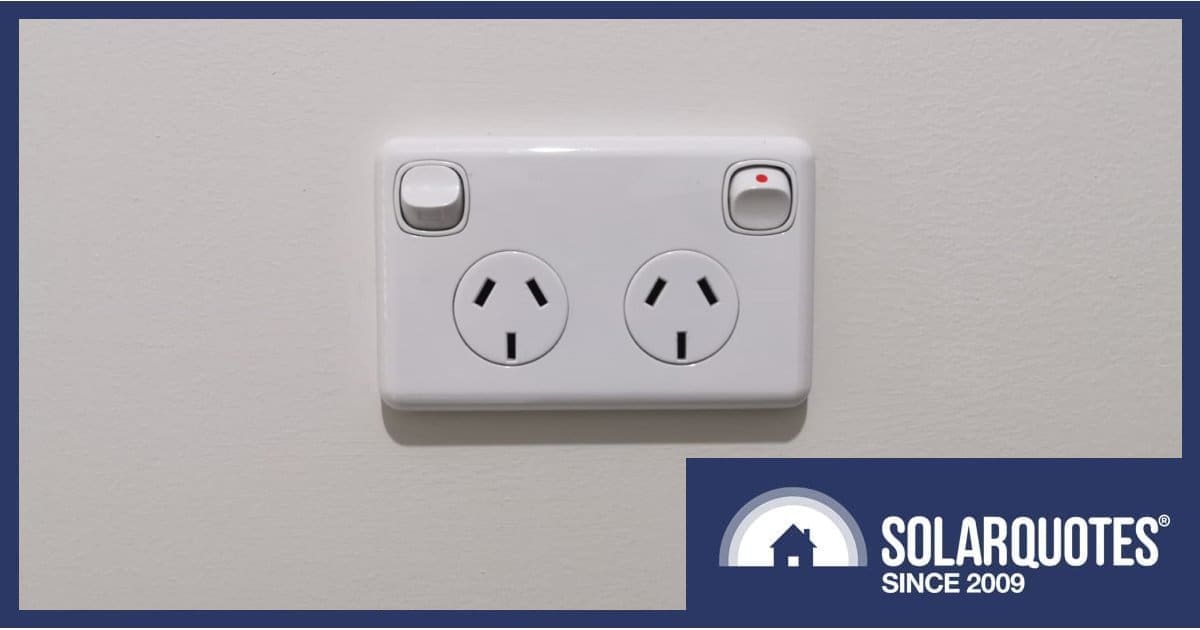
The Australian Energy Market Commission’s efforts in ensuring electricity pricing frameworks are more in line with how Australians want to utilise and interact with the energy system are going to be a long haul – but another step has been taken.
Millions of Australian households have installed solar panels and increasing numbers are acquiring home batteries, electric vehicles and various appliances and management systems as the nation moves to electrification. Added to these Consumer Energy Resources (CER) are other Distributed Energy Resources (DER) such as neighbourhood batteries and Virtual Power Plants (VPPs).
Australia’s energy scene is quite a different beast to even just 15 years ago, but current arrangements concerning electricity pricing were primarily developed at a time when electricity flowed in just one direction.
In June this year, the Australian Energy Market Commission indicated it would be carrying out a broad consumer-centric electricity tariff pricing review. In July, the review was launched and draft terms of reference published for comment. Since that time, the AEMC has established an Advisory Group and Stakeholder Reference Group and carried out ongoing stakeholder engagement.
Review Focus Areas
Last week, the final Terms of Reference for the review were published, indicating the focus areas will be:
- Market arrangements providing choice for consumers between a range of appropriate pricing structures, products and services that suit their needs and preferences.
- The role of distribution network providers (DNSPs) in enabling the right incentives, products and services for consumers.
- The role of retailers and energy service providers in effectively packaging and pricing electricity products and services to match consumer preferences.
Also last week, the AEMC released a new consultation paper for the comprehensive review, which it said was a significant step toward designing a pricing framework that better serves us all as consumers. The purpose of the consultation paper is to detail the AEMC’s intended approach for the review, its outlook on what the future energy system could look like, and seek stakeholder feedback on both.
“We’re taking a future-focused approach in this review,” said AEMC Chair Anna Collyer. “While our current frameworks have served us well, we need to think beyond incremental changes to capture the opportunities that lie ahead.”
Won’t Happen Overnight, But Will (Hopefully, Eventually) Happen
It’s said good things come to those who wait and patience is a virtue. Australian consumers will need to wait quite a while and be very patient for more fit-for-purpose arrangements by the looks of things. The timeline for the review from this point:
- 12 December 2024: Close of Consultation Paper submissions
- April 2025: Publish Directions Paper
- May 2025: Close of Directions Paper submissions
- September 2025: Publish Draft Report
- October 2025: Close of Draft Report submissions
- March 2026: Publish Final Report
More information about the review here.
Smart Meter Consultation Closes
The electricity pricing review is happening amid a flurry of other AEMC activities that directly intersect with it, including working through issues in relation to accelerating smart meter deployment.
Ms. Collyer has previously stated smart meters are the “digital foundation for a modern, connected, and efficient energy system”. In October, the Commission published a consultation paper regarding a rule change request to improve access to smart meter data. The feedback period for that consultation closed last week.

 RSS - Posts
RSS - Posts



Any debate about the cost of power is futile if the commentator is not aware of the component costs [what is a variable and what is not] that make up the retail price of power.
One important aspect as more and more Distributed PV aka Rooftop Solar is installed reducing the domestic kWh demand how is the underutilization of generator power required to keep the lights on going to be paid for and by whom?
Will another fixed cost be introduced where if you are connected to the grid where that arrangement makes them the energy supplier of last resort will you be paying for [nn] kWh [determined by underutilization cost] whether you import it or not?